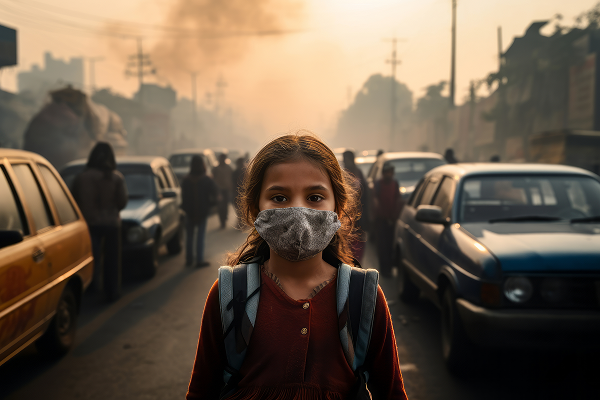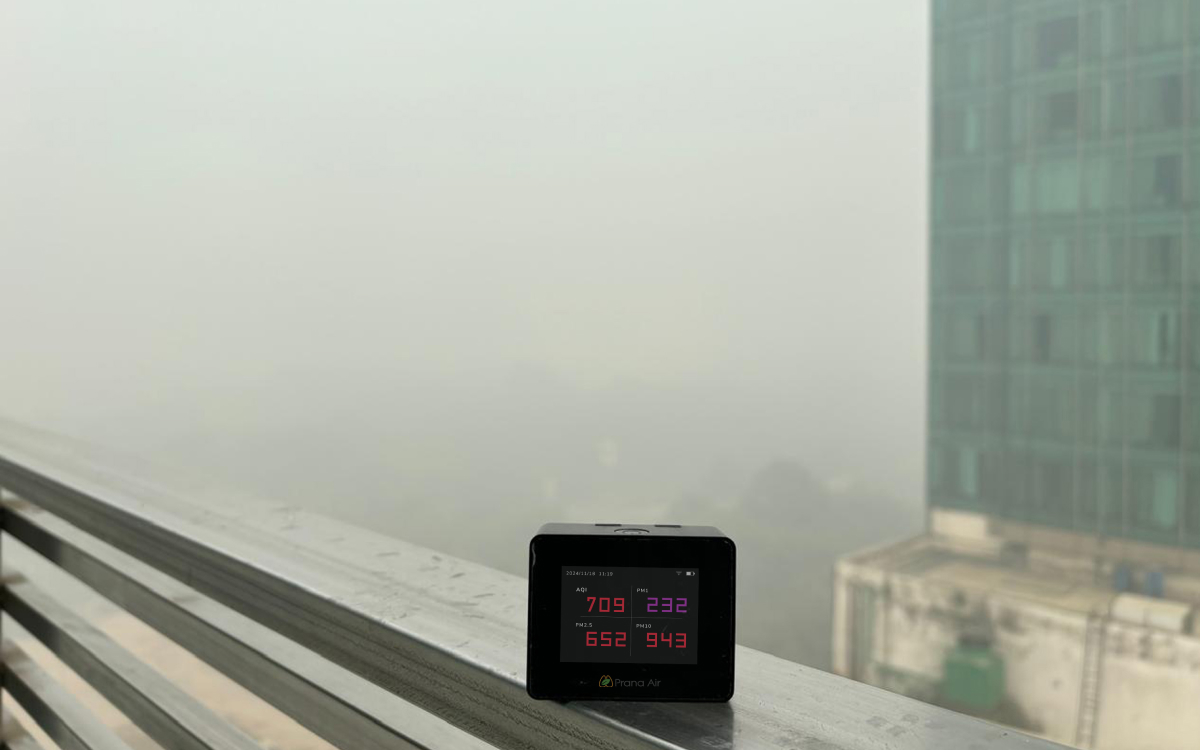Each winter, Delhi wakes up under a familiar haze. The skyline fades, the air feels heavy, and the AQI leaps into the “severe” zone. Yet, there’s no panic. Schools stay open, offices run as usual, and people still head out for morning walks. It’s not that we’ve solved the problem, it’s that we’ve learned to live with it. Delhi air pollution is no longer a breaking news event; it’s an annual routine.
A decade ago, this kind of smog triggered outrage and alarm. Now, it’s treated like a season, as predictable as winter itself. Psychologists call this habituation, when repeated exposure dulls our reaction to discomfort. Delhi’s residents have faced more than ten consecutive winters of hazardous air, and what was once shocking has quietly become ordinary.

The Fatigue That Replaced Fear
A 2024 LocalCircles survey found that 75% of households in Delhi-NCR reported at least one family member suffering from a sore throat or cough due to poor air quality. Yet, only 44% said they had changed their habits to limit outdoor exposure.
The paradox is striking: even as almost every home feels the impact, our reaction has slowed. People now discuss “smog season” like it’s a forecast. Air purifiers hum beside heaters, and offices share “clean-air tips” instead of demanding change. Delhi air pollution is no longer seen as an emergency, it’s just a part of city life.

The Data We Ignore
According to the Air Quality Life Index (AQLI) by the University of Chicago, residents of Delhi could lose 8.2 years of life expectancy if pollution levels remain unchanged. Across India, the average loss stands at 3.5 years (EPIC Report).
Despite this, Google Trends data shows that searches for “AQI near me” or “air purifier” have dropped by nearly 30% since 2020. Another LocalCircles survey found that 93% of Delhi residents don’t fully understand AQI values, though they recognise the colour codes. The data grows darker, but our curiosity fades lighter.

Adapting to Survive
Delhi’s urban lifestyle has adjusted around its air crisis. Gyms now advertise “filtered-air workouts.” Cafés market themselves as “clean-air zones.” Masks and purifiers have become as normal as umbrellas in the monsoon. Delhi air pollution has not just reshaped habits, but markets too.
But this adaptation hides a deeper divide. While wealthier families can afford purifiers and premium healthcare, others simply breathe what they can’t escape. LocalCircles found that half of lower-income households in Delhi don’t use any air filtration at home. For many, fatigue isn’t psychological, it’s financial.

From Panic to Apathy
The real danger isn’t just the smog, but our silence around it. When pollution stops shocking us, it stops driving action. Public pressure weakens, enforcement slows, and each year, the haze thickens a little more. What was once a health emergency has been normalized into a lifestyle.
For a generation growing up in Delhi, blue skies are more fantasy than memory. Ask a child what winter feels like, and they’ll likely say “grey.” That’s not just pollution; that’s acceptance.

Choosing Awareness Over Apathy
The solution isn’t to panic again, it’s to care again. Check AQI levels before stepping out, support clean-air initiatives, and talk about the issue even when it feels repetitive. Awareness might not clear the skies, but it keeps the conversation alive.
Because the opposite of panic isn’t peace, it’s indifference. And indifference is exactly what the smog feeds on.